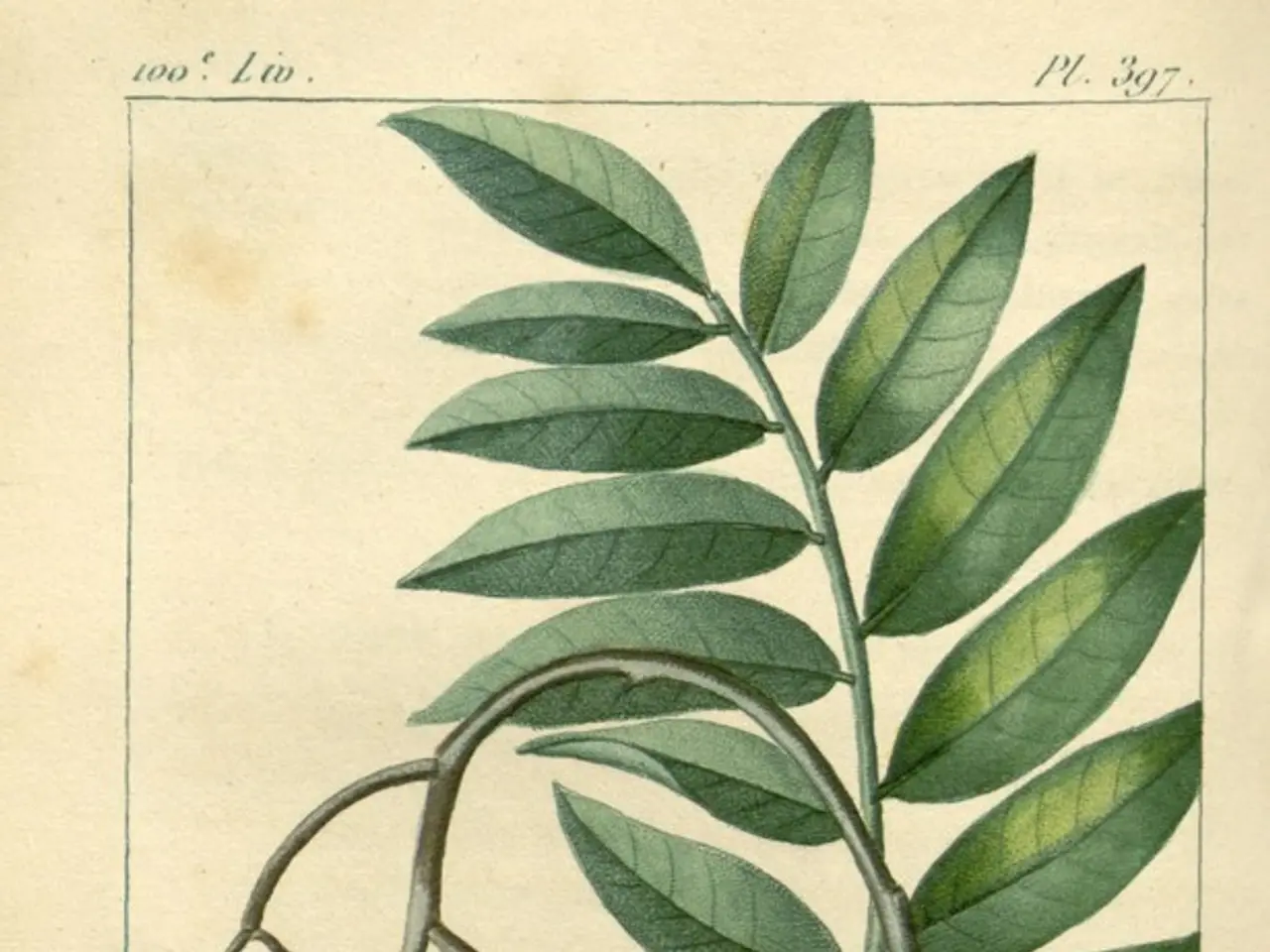Agripioneer's Remarkable Journey in the Realm of Agricultural Research
M.S. Swaminathan: The Architect of India's Green Revolution
M.S. Swaminathan, a renowned Indian geneticist and agricultural scientist, played a crucial role in addressing food security issues in India after independence. His work spearheaded the Green Revolution, which transformed India from a food-deficient nation dependent on imports to a self-sufficient and eventually food-surplus nation.
In 1948, Swaminathan was present at Birla House in New Delhi during Mahatma Gandhi's assassination. Despite this tragic event, Swaminathan's passion for agriculture remained undeterred. He walked behind Gandhi's cortege on the day of his funeral, a poignant moment that marked the beginning of his lifelong commitment to agricultural development.
Swaminathan's journey in agriculture began in 1947 when he moved to the Indian Agricultural Research Institute (IARI) in Pusa, New Delhi. His career took a significant turn when he was invited to a meeting at IARI, where he served as Secretary of the Post Graduate Students Union. It was during this meeting that Pandit Nehru, India's first Prime Minister, discussed ways to combat acute food shortages in the country.
Nehru believed that India could achieve self-reliance in food, but the problem in Indian agriculture was identified as an appalling lack of coordination and the need for an interdisciplinary approach among scientists. Experts from various disciplines, including pathology, entomology, agronomy, soil science, physiology, and breeding, were deemed necessary for progress.
In 1949, Swaminathan received a fellowship from UNESCO to study plant genetics at the Wageningen Agricultural University in Holland for the next nine months. Upon his return, Swaminathan graduated from IARI with a high distinction in cytogenetics in 1949.
Starting in the mid-1960s, Swaminathan was instrumental in adapting high-yielding, rust-resistant wheat varieties developed by international scientists like Norman Borlaug to Indian conditions, particularly in Punjab, Haryana, and western Uttar Pradesh. His contributions included promoting scientific innovations such as improved irrigation, pest management, fertilizer use, and the institutional strengthening of agricultural research and extension services.
These initiatives led to a dramatic increase in wheat production—from 12 million tonnes in the mid-1960s to 76 million tonnes by the late 1990s—and similar gains in rice yields. This agricultural transformation ensured India's transition from being heavily reliant on US food aid programs (such as PL-480) to becoming a net exporter of food grains by the late 1980s.
Beyond the Green Revolution, Swaminathan emphasized sustainability and environmental balance, introducing the concept of the "Evergreen Revolution," which aimed to increase production without degrading natural resources. He was also a proponent of empowering rural communities through innovations such as Bio-Villages, Community Seed Banks, and Opportunity Crops to address climate change, drought tolerance, and nutritional challenges.
Swaminathan's work fundamentally reshaped India's agricultural development by not only securing national food security but also by promoting farmer welfare, sustainable practices, and rural empowerment, laying the foundation for India's enduring agricultural progress and rural resilience.
Jawaharlal Nehru never lived to see the progress in agriculture that was expected to occur in 1968. However, Swaminathan's legacy continues to inspire and guide agricultural development in India and beyond. The synergy needed for progress in agriculture, as Swaminathan predicted, was achieved in 1968, marking a significant milestone in India's agricultural history.
References:
- M.S. Swaminathan Research Foundation. (n.d.). M.S. Swaminathan's life and work. Retrieved from https://www.mssrf.org/about-us/ms-swaminathans-life-and-work/
- The Hindu. (2018, August 27). M.S. Swaminathan: The man behind the Green Revolution. Retrieved from https://www.thehindu.com/sci-tech/energy-environment/m-s-swaminathan-the-man-behind-the-green-revolution/article24610029.ece
- The Wire. (2018, August 27). M.S. Swaminathan: The man who made India food secure. Retrieved from https://thewire.in/agriculture/ms-swaminathan-the-man-who-made-india-food-secure
- M.S. Swaminathan Research Foundation. (n.d.). Evergreen Revolution. Retrieved from https://www.mssrf.org/our-programmes/evergreen-revolution/
- M.S. Swaminathan, in addition to his work in agriculture, actively contributed to various publications and subscriptions, offering insights on science, technology, and lifestyle.
- Swaminathan's passion for agriculture transcends beyond farmlands; his opinions on the intersection of technology and agriculture have become increasingly relevant in modern times.
- Apart from the Green Revolution, Swaminathan's focus on sustainable practices extends to other sectors, such as empowering rural communities through initiatives like Bio-Villages and Community Seed Banks.
- Beyond agriculture, Swaminathan emphasizes the importance of advancing science and agriculture hand-in-hand to ensure food security and advocate for a balanced lifestyle that minimizes harm to our natural resources.




